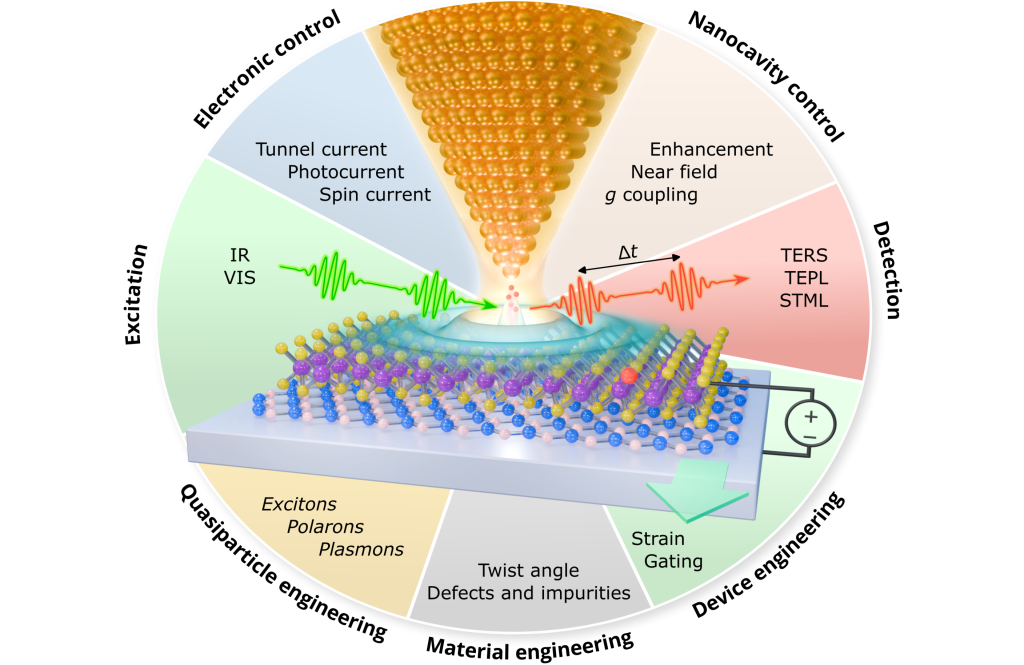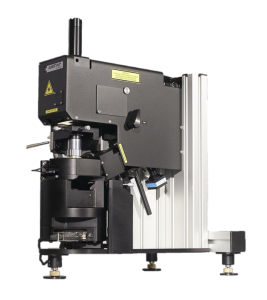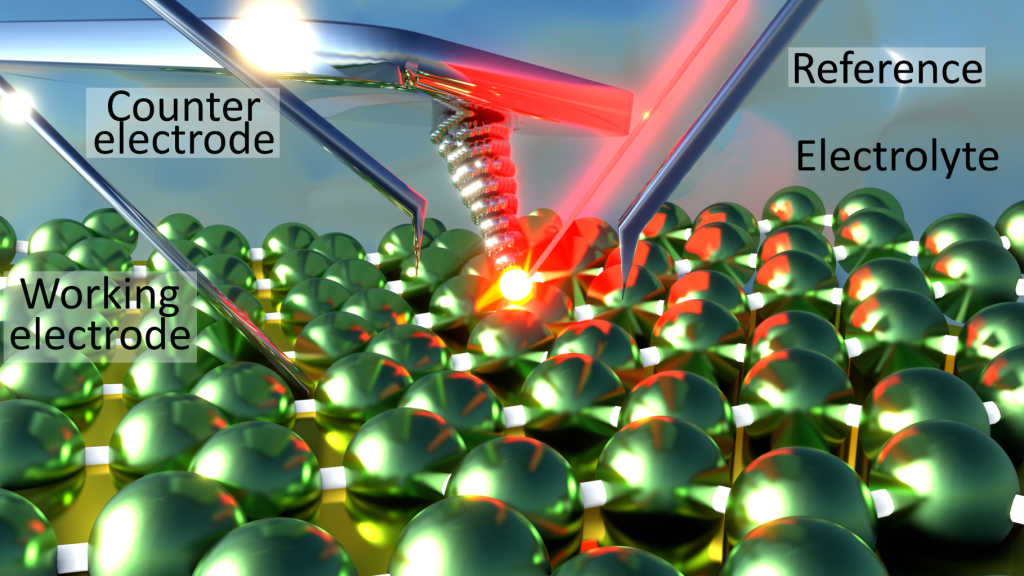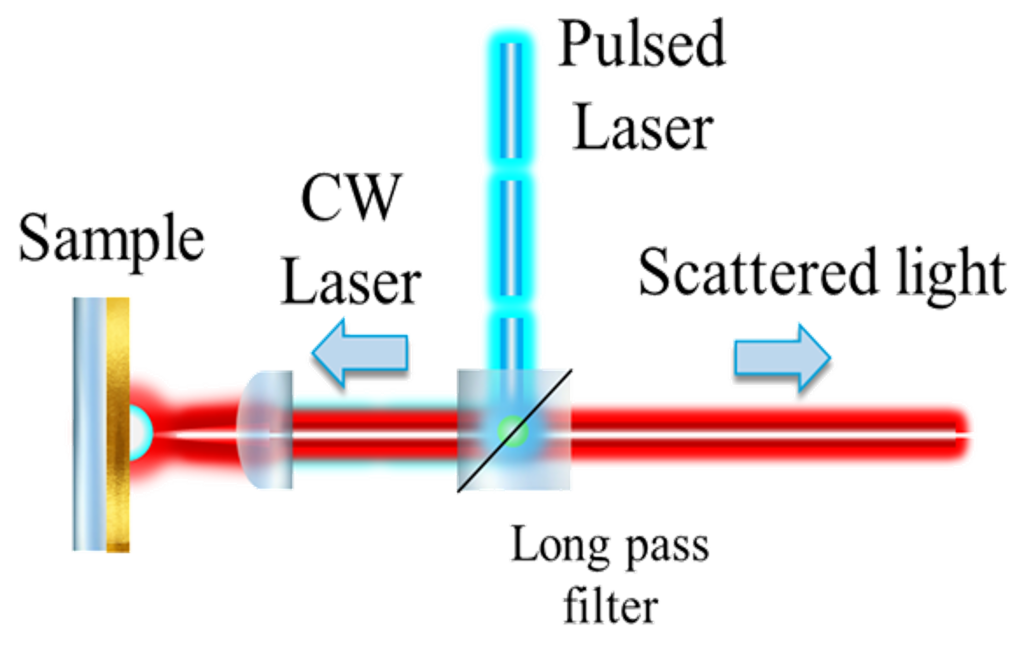
- PicoAtom Lab: Atom-scale, time- and energy-resolved optical nanoscoscopies
- Raman-SPM Lab for vibrational environmental nanoscopy (RAVEN)
PicoAtom Lab
An ultra-high vacuum (UHV) photon-SPM will count with the unprecedented capability to study light-matter interactions with atomic-scale spatial resolution and simultaneous picosecond temporal and spectral resolution. The new instrument combines traditional STM, scanning probe spectroscopies (STS, IETS) and non-contact (nc)-AFM modes with several optical and time-resolved spectroscopies to perform STML, TEPL, TERS and their time-resolved variants including multi-photon correlation measurements.


Dr. Marc González Cuxart
Senior Researcher
Institut Català de Nanociencia i Nanotecnologia (ICN2)
marc.gcuxart@icn2.cat
RAVEN Lab
Environmental photon-SPM will combine several atomic force and scanning tunneling microscopy modes (AFM/STM) with several optical spectroscopies in the visible regime to perform tip-enhanced Raman spectroscopy (TERS), photoluminescence (TEPL) and STM-induced luminescence (STML), under controlled atmospheres and in-operando conditions. These include liquid, gaseous, electrochemical environments and high vacuum conditions.
Access to low energy Raman modes (<5 cm-1), high wavelength resolution (<0.2 cm-1) and full control over light polarization, enabling precise Raman maps, determination of elastic constants in 2D materials, and tracking subtle perturbations related to chemical interactions, doping, strain and beyond.
- µ-Raman/µ-PL, 3 lasers ( 532, 633, 785 nm) • Low temperature (100 K)
- SPM modes (AFM, KPFM, MFM, …) • Low frequency filters (≤ 5 cm-1)
- Tip enhanced modes (TERS/TEPL) • Resolution ≤ 0.2 cm-1
- In-operando gating (Electrochemical TERS) • Chemometric and ML analysis
- 4 gratings (300, 600, 1800 y 2400) • Custom made scripts for data analysis

HORIBA LabRam HR Evo + Omegascope


ECS-TERS

AI-based deonising

Custom-made expermietns



Dr. Emigdio Chávez
Senior Researcher
Institut Català de Nanociencia i Nanotecnologia (ICN2)
emigdio.chavez@icn2.cat
The two photon-SPM laboratories will be integrated in the new SPM platform at ALBA Synchrotron, with the aim of performing in-situ correlative measurements with synchrotron beamlines. This will be possible thanks to available instrumentation for sample transferring under controlled conditions (such as UHV), marking and navigation system for µm-scale regions and nanofabrication facilities at ICN2. The SPM platform forms part of the facilities being created within the InCAEM project, and it is expected to be operational and open to the scientific community in 2025.

Funded by MCIU through European Union NextGenerationEU funds (PRTR-C17.I1) and Generalitat de Catalunya
